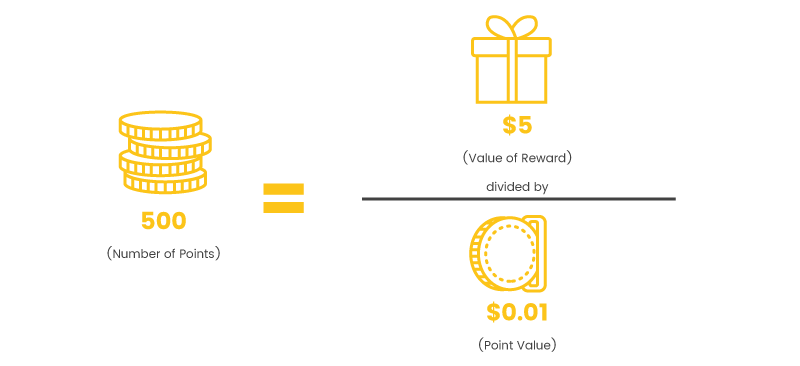
Introduction
In today’s fiercely competitive business landscape, retaining customers and ensuring their continued patronage is paramount. Customer Lifetime Value (CLV) is a crucial metric that quantifies the total revenue a business can expect from a customer throughout their relationship. Increasing this value can significantly impact a company’s bottom line. One powerful tool in achieving this is loyalty software. This article will explore how businesses can use loyalty software to increase Customer Lifetime Value.
Understanding Customer Lifetime Value (CLV)
Before diving into the role of loyalty software, let’s take a moment to understand Customer Lifetime Value. CLV is a metric that calculates the total worth of a customer over their entire relationship with a business. This includes all their purchases and any additional revenue generated from referrals or upsells.
Increasing Customer Lifetime Value (CLV) has numerous advantages, including:
- Enhanced Profitability: Customers with a high CLV are more profitable in the long run, as they tend to make repeat purchases and spend more over time.
- Stability: A higher CLV provides stability to a business, constantly reducing the reliance on acquiring new customers.
- Sustainability: A focus on CLV fosters long-term relationships with customers, contributing to the sustainability of a business.
- Cost Efficiency: Retaining existing customers is often cheaper than acquiring new ones. A higher CLV can reduce customer acquisition costs.
Now, let’s explore how loyalty software plays a pivotal role in achieving these benefits.
The Role of Loyalty Software
Loyalty or customer loyalty management software is designed to create and manage customer loyalty programs. These programs incentivize customers to repeat purchases, engage with the brand, and refer others. Here’s how loyalty software helps in increasing CLV:
- Rewarding Loyalty: Loyalty software enables businesses to create structured reward programs. Customers earn points, discounts, or exclusive offers for every purchase, incentivizing them to return.
- Personalization: Effective loyalty software allows for personalized rewards and communication. Businesses can tailor rewards to individual preferences by analyzing customer data and enhancing the customer experience.
- Data Insights: Loyalty software collects a wealth of data on customer behavior. This data can be used to identify high-value customers and segment them for targeted marketing campaigns or personalized offers.
- Cross-Selling and Upselling: With a deeper understanding of customer preferences, businesses can strategically upsell and cross-sell products or services, increasing the average transaction value.
- Referral Programs: Loyalty software can facilitate referral programs. Customers are rewarded for referring friends and family bringing in new business without additional marketing costs.
- Engagement: Beyond purchases, loyalty software encourages customer engagement. This engagement can lead to more frequent interactions and higher CLV.
- Feedback Loop: Loyalty software often includes feedback mechanisms, allowing customers to provide input. This feedback can be invaluable in improving products and services, further enhancing customer loyalty.
Case Study: Starbucks
A prime example of a business successfully increasing CLV through loyalty software is Starbucks. Their Starbucks Rewards program managed through a dedicated mobile app, offers points for each purchase. These points can be redeemed for free drinks and food. Here’s how Starbucks accomplishes this:
- Mobile App Integration: The Starbucks mobile app makes it incredibly convenient for customers to participate in the rewards program. They can track their points, find nearby stores, and even order ahead, all within the app.
- Personalization: Starbucks leverages customer data to offer personalized rewards. For example, if a customer frequently orders a particular drink, they may receive offers related to it.
- Gamification: Starbucks gamifies the experience by offering challenges and bonus points for certain behaviors, like trying a new product or purchasing during a specific timeframe.
- Mobile Payment: The app also acts as a mobile wallet, allowing customers to pay for purchases. This speeds up transactions and keeps customers within the Starbucks ecosystem.
- Feedback Mechanism: Starbucks actively seeks customer feedback through the app, showing that they value their input and are committed to improving the customer experience.
By implementing these strategies through loyalty software, Starbucks has increased CLV significantly, turning occasional coffee drinkers into loyal, high-value customers.
Checkout the best loyalty program software india
Conclusion
Increasing Customer Lifetime Value is a critical objective for businesses looking to thrive in today’s competitive market. Loyalty software is a powerful tool to achieve this goal by incentivizing repeat purchases, fostering customer engagement, and facilitating data-driven personalized marketing.
The Starbucks case study demonstrates that a well-executed loyalty program, managed through software, can boost CLV and build a loyal customer base that advocates for the brand. Businesses of all sizes can benefit from loyalty software by tailoring their loyalty programs to fit their unique customer base and strategic objectives. Loyalty software will remain vital to any successful customer retention strategy as customer expectations evolve.

